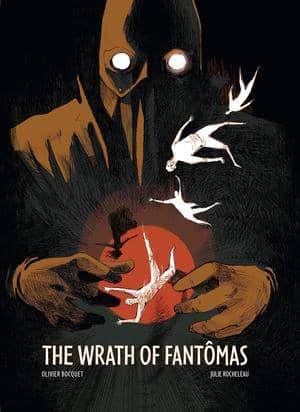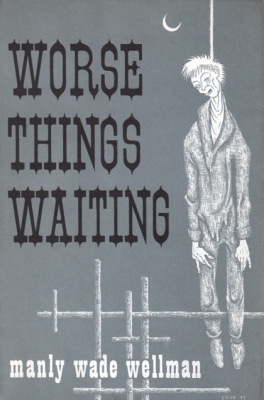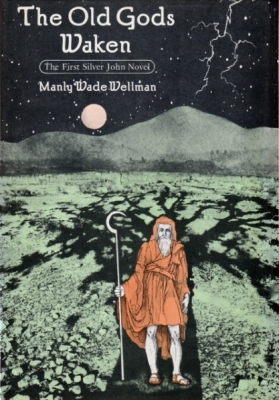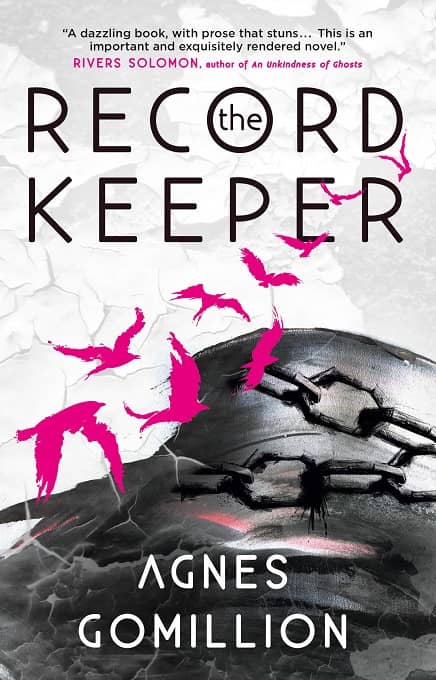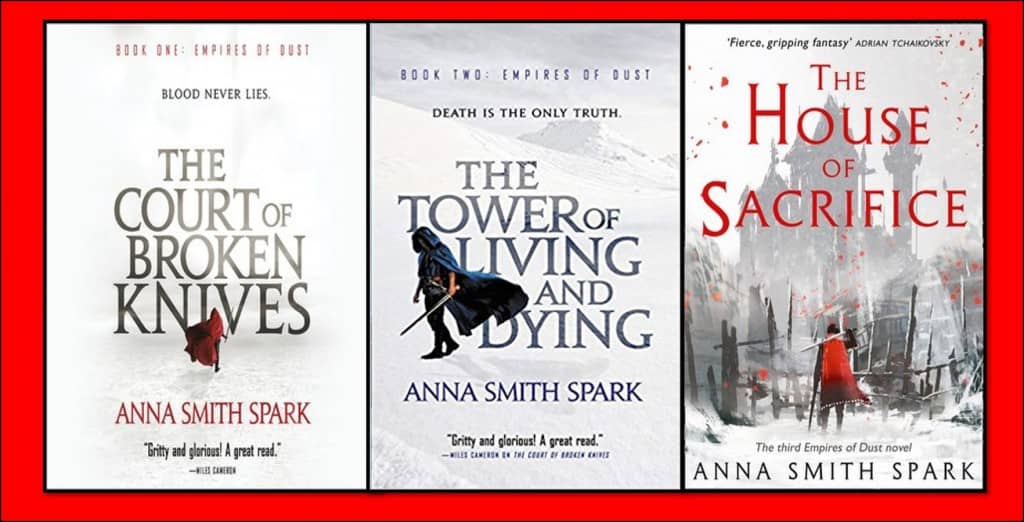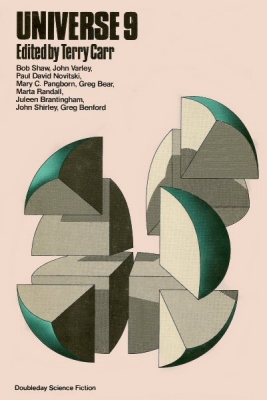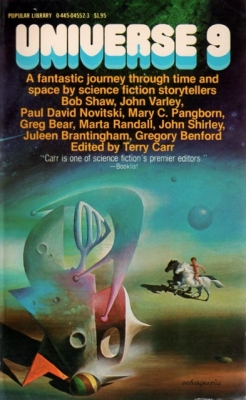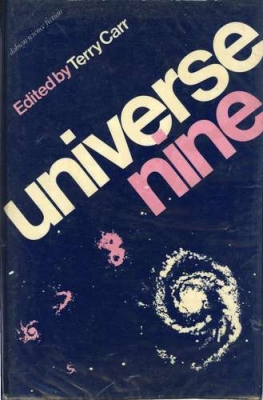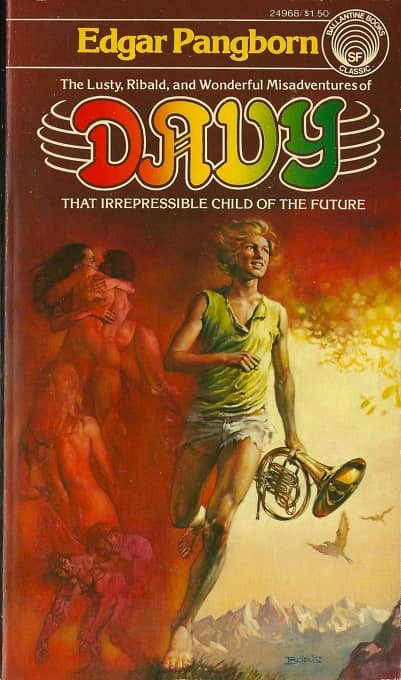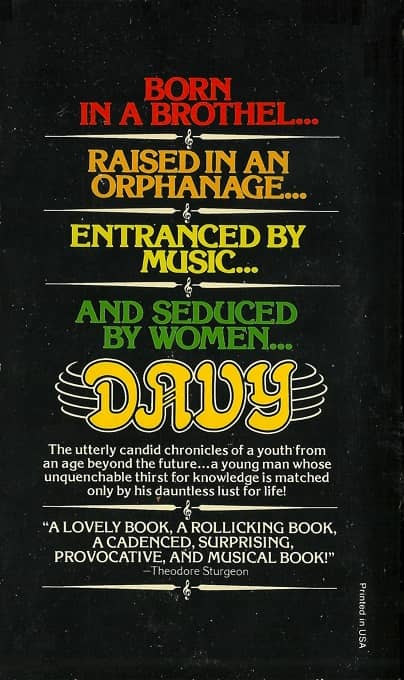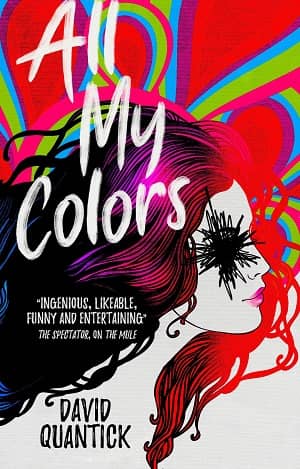Future Treasures: Time’s Demon, Book 2 of the Islevale Cycle by D. B. Jackson
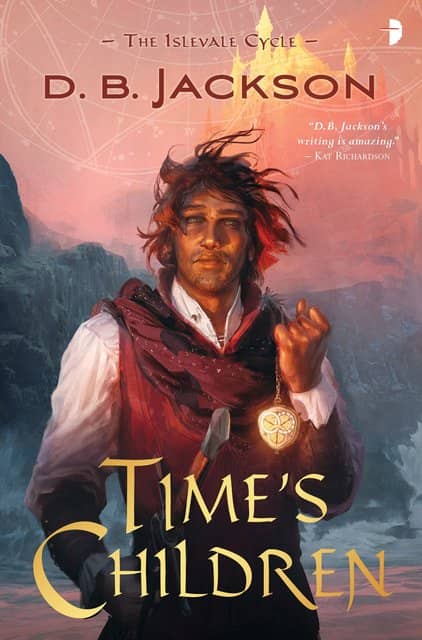 |
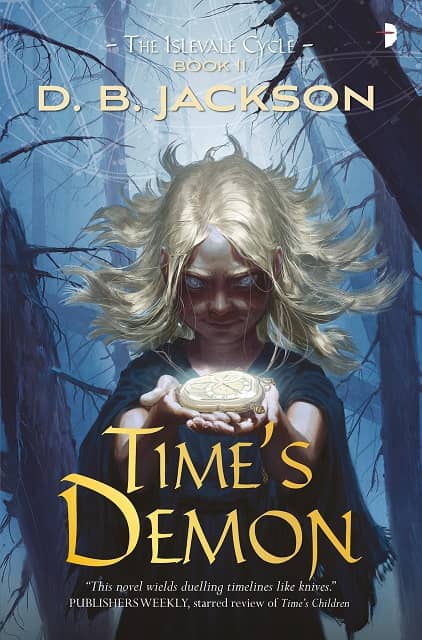 |
D. B. Jackson is the author of four novels in the popular Thieftaker Chronicles, a historical urban fantasy set in pre-Revolutionary Boston, and the collection Tales of the Thieftaker, which Fletcher Vredenburgh called “tense… the mysteries [are] good, the characters well-drawn… is a brisk read with an engaging lead, a colorful supporting cast, and a nicely detailed setting.” ‘D.B. Jackson’ also happens to be Black Gate contributor David B. Coe, whose blog posts here have covered topics as diverse as World Building and Nicola Griffith’s 90s classic Slow River.
David’s 2018 novel Time’s Children was the opening novel in the Islevale series. It related the adventures of Tobias Doljan, time-traveling agent of the court of Daerjen. In her Black Gate review Margaret S. McGraw said:
This is an epic fantasy with magic, sword fighting, political intrigue, demons, assassins, and budding romance. Plus time travel! And well done time travel at that. I’m a sucker for time travel stories, but I’m often disappointed by their simplistic delivery or avoidance of temporal paradox — that’s not the case here at all. Jackson created an entirely believable world of Travelers and other magical beings… I look forward to Time’s Demon — where I hope we will learn more about Droë, as well as the continued adventures of Tobias, Mara, and Sofya.
Time’s Demon finally arrives next week amid much anticipation. Here’s the description.
